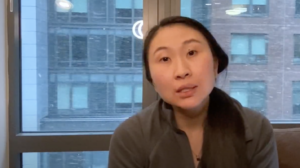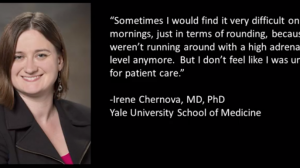NEW YORK (Reuters Health) – The intensity of bortezomib-based regimens used to treat multiple myeloma in elderly patents can be reduced in order to lessen toxicity, without jeopardizing effectiveness. That’s according the results of a clinical trial reported in The Lancet Oncology published online August 23.
Dr. María-Victoria Mateos at University Hospital of Salamanca, Spain and colleagues explain that elderly patients with multiple myeloma have a higher response rate and overall survival when treated with bortezomib (brand name, Velcade) plus melphalan and prednisone (VMP) than with only melphalan and prednisone, the standard treatment. However, side effects of bortezomib are troublesome.
The researchers designed a two-stage trial aimed at maintaining efficacy while reducing toxic effects, in 260 treatment-naïve patients at least 65 years of age with multiple myeloma.
The first stage, the induction phase, had two goals: to achieve a complete response rate of 20% or better with reduced bortezomib dosing (once rather than twice per week), and to see if the best drug to combine with bortezomib and prednisone was melphalan (VMP) or thalidomide (VTP).
The second stage, the maintenance phase, aimed to increase the response rate (up to at least 35%) using a regimen of bortezomib plus prednisone (VP) or bortezomib plus thalidomide (VT).
Response rates in the induction phase were similar in both groups. “Of note, 26 (20%) patients in the VMP group and 36 (28%) in the VTP group had a complete response, giving a mean complete response rate for the induction phase of 24%,” the investigators report.
While the types of side effects and adverse events differed in the two treatment arms, the number of serious adverse events was lower in the VMP group than in the VTP group, which led to fewer treatment discontinuations in the VMP group.
In the maintenance phase, 91 patients were assigned to VT and 87 to VP. After a median follow-up of 22 months, the complete response rose to 42%, with no significant difference between VT and VP.
“We recorded no grade 3 or higher haematological toxic effects during maintenance, and grade 1–2 toxic effects occurred in less than 5% of patients,” Dr. Mateos and colleagues report. Rates of peripheral neuropathy were also low, and deep vein thrombosis occurred in only one patient.
Median progression-free survival was 31 months from first randomization and 3-year overall survival was 70%, the researchers report. Neither statistic varied significantly between the VMP and VTP groups.
“In summary,” the authors state, “the therapeutic approach of reduced-intensity induction, followed by maintenance, with bortezomib-based therapy resulted in a favourable toxicity profile and high efficacy.” They add, “This regimen could represent a platform for further refinement of an optimised treatment for elderly patients with multiple myeloma.”
In a related commentary, Dr. S. Vincent Rajkumar from the Mayo Clinic, Rochester, Minnesota, says that this is an important study that immediately affects clinical practice by providing a safer dosing for bortezomib.
However, he points out that several regimens have been shown to be effective in elderly patients with newly diagnosed multiple myeloma. “We are faced with the challenge of selecting from treatments with significantly different side-effect profiles and route of administration without the benefit of randomised trials.”
Reference:
Bortezomib, melphalan, and prednisone versus bortezomib, thalidomide, and prednisone as induction therapy followed by maintenance treatment with bortezomib and thalidomide versus bortezomib and prednisone in elderly patients with untreated multiple myeloma: a randomised trial
Lancet Oncology 2010.




